By Peter Suciu
The oldest steel warship afloat has survived wars, economic downturns, and even the harsh passage of time, but there was one battle that the USS Olympia (C-6), flagship of the American Asiatic Fleet during the Spanish-American War of 1898, almost was unable to win. The future of the ship remained very much in jeopardy for several years due to the rising costs of maintaining the protected cruiser.
Today the Olympia is at home at the Independence Seaport Museum on the Delaware River near downtown Philadelphia, where it has been since 1957. Interim repairs were made on the ship over the years, but following some mismanagement at the museum there was no money for a much-needed full restoration. For a while, it looked like the once majestic vessel would meet a fate that no great warship deserves. She would be sunk and converted into an artificial reef.
The Spanish-American War
The USS Olympia was launched in 1892 as part of the U.S. Navy’s efforts to update its navy and to have a military presence in the Pacific Ocean. The Olympia, under Commodore George Dewey, steamed into Manila Bay on May 1, 1898, to engage the Spanish Navy at the start of the Spanish-American War. It was from the Olympia’s bridge that Dewey made his famous command to the ship’s captain, “You may fire when you are ready, Gridely.”
Those words might never have been uttered, and the battle might not have occurred if not for U.S. interest in expanding its overseas trade and building an overseas empire. William Henry Seward, who had been secretary of state during the American Civil War and early Reconstruction, had proclaimed that “the empire of the seas alone is real empire.”
This was not to be another Seward’s Folly, but rather a prophecy that would soon come to pass as America joined the European powers in looking to trade with a newly opened Asia, backing that effort with the 19th-century notion of gunboat diplomacy. To pull that off, however, required real gunboats, and the obsolescent American Civil War-era fleet of the 1860s was certainly no match for the modern British or French naval squadrons.
After the War: The ‘ABCD Experiment’
When President James A. Garfield took office in 1881, Secretary of the Navy William H. Hunt found that only 52 of the 140 vessels on the active list were in operational state. Of the operational vessels, only 17 were iron-hulled ships, and 14 of those were aging Civil War ironclads. Most military historians agree that at the time the United States would have been incapable of fighting a naval war with a European power and, for that matter, probably would have faced difficulties with many of the Latin American powers, such as Peru or Chile. If the United States was to be a player in world trade, it needed a world-class navy.
In March 1883 the U.S. Congress appropriated $1.3 million for the construction of four new vessels—the Atlanta, Boston, Chicago, and Dolphin—known as the ABCDs. Unlike the Civil War ironclads, these were to be fabricated not from wood and iron but from steel. It truly would be a first-rate, modern navy.
The ABCD experiment was followed by the next step in naval modernization, which included the construction of the battleships Texas and Maine as well as six light, or protected, cruisers. These cruisers would feature an armored deck but still be able to maintain an impressive speed. Indeed, they would be faster than most warships of the day. Protected cruisers formed a new category that fell between the unprotected versions of the warships with no armor to those later stylized as armored cruisers, which were almost as heavily armored as true battleships of the era.
These efforts to modernize the U.S. Navy paid off. By 1889 the U.S. Navy ranked second only to Great Britain in terms of warships that could exceed 19-knot speeds while displacing 3,000 tons or more. The British had 10 ships with a total displacement of 56,000 tons, while America’s eight ships displaced 32,010 tons. That exceeded the French Navy’s five ships and 24,630 tons and notably Spain’s three ships and 14,400 tons.
Beginning Her Tenure as Cruiser Number 6
More importantly, this was a paradigm shift from the commerce-destroyer vessels used during the American Civil War to a fleet that had a true offensive spirit.
The Olympia began life as Cruiser Number 6, a 20-knot warship that was projected to cost no more than $1.8 million. The newly formed U.S. Board on the Design of Ships began the design process in 1889, and less than a year later the U.S. Navy solicited bids for the construction of the ship. Surprisingly, it found only a single bidder, the Union Iron Works in San Francisco. The Olympia remained the largest ship ever built on the West Coast of the United States until it was surpassed by the construction of the battleship USS Oregon a few years later.
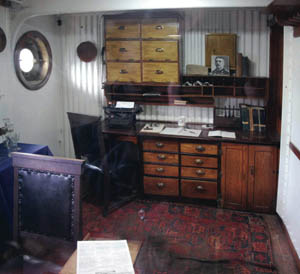 The keel of Cruiser Number 6 was laid in June 1891, and the U.S. Navy launched the ship on November 5, 1892. While the primary construction occurred in San Francisco, the heavy armor plate was fabricated back east. The Navy tasked the Bethlehem Steel Company of Bethlehem, Pennsylvania, with furnishing the steel. When the company had difficulties providing enough steel, Carnegie Steel Company stepped in to furnish the material for the ship’s armor.
The keel of Cruiser Number 6 was laid in June 1891, and the U.S. Navy launched the ship on November 5, 1892. While the primary construction occurred in San Francisco, the heavy armor plate was fabricated back east. The Navy tasked the Bethlehem Steel Company of Bethlehem, Pennsylvania, with furnishing the steel. When the company had difficulties providing enough steel, Carnegie Steel Company stepped in to furnish the material for the ship’s armor.
The U.S. Navy conducted sea trials in December 1891 in the Santa Barbara Channel. In February 1895, the ship was commissioned the USS Olympia and departed the Union Iron Works yard in San Francisco for the last time. It steamed for outfitting to the U.S. Navy’s Mare Island Naval Shipyard at Vallejo, California.
The ship conducted its first gunnery practice in April 1895. Sadly, it was during this shakedown that a crew member was killed. Coxswain John Jonson lost his life in an accident while firing one of the 5-inch guns. Fortunately, it was not a portent of things to come.
Flagship of the Asiatic Squadron
In July 1895 the Olympia was assigned to replace the USS Baltimore as the flagship of the Asiatic Squadron, and it departed in August of that year for Chinese waters. However, due to an outbreak of cholera among the crew the ship was forced to remain in Hawaii until October, and did not arrive in Shanghai until November.
The Olympia spent three mostly peaceful years in the Far Eastern waters. During that time, the Olympia visited the ports of British Hong Kong and Kobe and Nagasaki in Japan. When two steamers collided and needed assistance, it performed humanitarian service at Woosung, China. The Olympia also went to Vladivostok, Russia, for a celebration of Czar Nicholas II’s coronation. During this time the crew’s baseball team played against a Japanese team, with the Americans coming out on top.
On January 3, 1898, Commodore George Dewey raised his flag on the Olympia and assumed command of the U.S. Navy’s Asiatic Squadron. Dewey, along with the newly assigned Captain Charles Vernon Gridley, were about to sail into history.
Tensions had been simmering between the United States and Spain for nearly a decade over the latter’s rule of Cuba, which sought independence from the mother country. The USS Maine, which had been sent to Havana, Cuba, by President William McKinley to ensure the safety of American citizens and interests, suffered a sudden and massive explosion on February 15, 1898. While McKinley tried to preach patience, especially as the cause of the explosion was not known and there was no evidence of an attack, the news of the event stirred popular opinion, and by the end of April the United States was at war with Spain.
The Olympia had been in Hong Kong preparing for action and following the declaration of war the Asiatic Squadron was ordered to Manila. Dewey was given the order to sink or capture the Spanish fleet and open the way for a subsequent invasion by American forces.
Destroying Montojo’s Squadron
Dewey, in command aboard the Olympia, steamed into Manila Bay on May 1, 1898, to face the Spanish flotilla commanded by Rear Admiral Patricio Montojo y Pasarón. Montojo had anchored his ships close to the shore and under the protection of coastal artillery. However, the shore batteries along with the fleet were to prove no match for Dewey’s squadron.
Dewey must have felt confident. While desks and cabinets were removed from the ship, as they might produce splinters and endanger the crew should it take a direct hit, the commodore opted not to have the fine wooden paneling inside the ship removed. The ornate panels were part of the ship’s character and thus were spared.
While largely considered a one-sided affair, especially as the Spanish gunners were unprepared for action, the shooting from both sides could at best be considered rather poor. At one point Dewey withdrew when it was erroneously reported that the ship was running low on 5-pound shells. When it was discovered that the ship’s ordnance supplies were high, the attack continued. By early afternoon Dewey had virtually destroyed Montojo’s squadron along with the shore batteries, while the American ships took little damage. In total some 160 Spanish sailors died, while just a single American sailor lost his life during the battle. That casualty reportedly was due to sunstroke.
With the ships of Montojo’s fleet either sunk or burning, Dewey anchored his squadron in the bay and accepted the surrender of Manila. The news of the successful attack soon spread around the world. Dewey and the Olympia would forever be linked to the attack, which was the first major victory for the American forces in the war, and the first victory for the U.S. Navy against a foreign power in decades.
The Olympia supported the U.S. Army’s subsequent invasion of the Philippines before it returned to China in May 1899. Despite its success in battle, the ship was recalled to the United States soon after and headed home via the Suez Canal and the Mediterranean Sea. The ship reached Boston in October 1899 and a month later was decommissioned and placed in reserve. Her career had been colorful yet short lived.
The Olympia’s first retirement also was short lived, and the ship returned to duty in January 1902 when it was assigned to the North Atlantic Squadron and served as the flagship of the Caribbean Division. It took part in the U.S. intervention in Honduras in the spring of 1903, became a training ship for naval cadets from the U.S. Naval Academ in 1906, and later served as a barracks ship.
Tenure During World War I
During World War I, the Olympia served as the flagship of the U.S. Patrol Force, and later carried an expeditionary force bound for Russia during the Russian Civil War. The ship arrived in Murmansk, Russia, and helped deploy the peacekeeping force and then assisted in the occupation of Archangel.
Despite her primary role as a warship, the Olympia carried out other duties. At the end of World War I, the ship traveled to the Black Sea to aid in the return of refugees from the Balkans, and in 1921 brought home the remains of the Unknown Soldier for interment in Arlington National Cemetery.
The ship was decommissioned for the last time in Philadelphia in 1922 and placed on reserve. This time she would not be called back to duty.
Although the Olympia was never to sail again as a warship, she survived the passage of time and was released to the Cruiser Olympia Association in 1957. At that point, she was returned to her original 1898 configuration, complete with beautiful wood paneling that had not been removed before the Battle of Manila Bay.
Museum Retirement
Since 1957 the ship has been part of the Independence Seaport Museum at Penn’s Landing in Philadelphia. With this transfer, the Olympia became the sole survivor of the U.S naval shipbuilding program from the 1880s and 1890s and the only surviving pre-dreadnaught protected cruiser in the world.
While the move to Independence Seaport Museum was in part because of the close proximity to the Philadelphia Naval Yard, it should be noted that the Olympia also had a strong connection to Pennsylvania as that is where its armor plating was produced.
Over the years members of the Naval Reserve Officer Training Corps from Villanova University and the University of Pennsylvania have acted as a maintenance crew, but time has not been kind to the once proud warship. It needed more than the midshipmen could provide. The last survivor of the U.S. Navy’s Spanish-American War fleet, the ship had been in serious need of much more major repairs in recent years. The steel-hulled ship has been in the water continuously since 1945. During that time there have been leaks in the hull, many of which have put the future of the ship in jeopardy.
In February 2010, museum officials announced that the Olympia needed $10 to $20 million for repairs to her hull to prevent her from sinking. When it was determined that the museum might not be able to support the efforts to save her, plans were even considered to scuttle the ship and make her into an artificial reef. However, public outcry helped save the Olympia.
The Seaport Museum held a preservation summit in March 2011 and announced that qualified interested organizations could apply for stewardship of the Olympia through a transfer application process vetted by a review panel of historic ship and preservation experts. By 2014, though, the museum reversed course and decided it would retain the ship and look to efforts to have her restored.
Various groups have stepped up to help raise the money, and interim efforts have been made to keep the ship open to the public while long-term plans are discussed.
“It didn’t look good, but thanks to an outpouring of support the ship was saved,” said Jesse Lebovics, director of historic ships at the Independence Seaport Museum. “Because of this the museum has taken a much closer look at our metrics, and we’ve seen that people really do want to save the Olympia.”
In 2014 the museum began a series of interim steps to preserve the ship while efforts for a major refit could be determined. Of course, Mother Nature has not helped matters in recent years. Both Hurricane Sandy in 2012 and the extreme weather in the winter of 2013-2014 put added stress on the vessel.
“The winter was brutal and the ship got a bit beat up, but we’re far from the sea, however,” added Lebovics. “The water that Olympia sits in is fresh.”
So far the interim efforts have the Olympia looking better than she has in years, while new monitors and sensors can alert the museum’s staff to potential dangers including breaches in the hull. A cofferdam was also instituted to help pump the water out from some particularly weak sections of the hull and allow it to be dried and repaired.
“There are also temporary patches where the hull is a little weak,” said Lebovics. “All that said, these efforts are really just an interim measure until the money can be found.”
When that money arrives, the museum might have to temporarily part with the ship if it requires major repairs. Like most ships, it would have to go to a dry dock where the hull can be properly repaired. Although Lebovics said he would like to do the repairs in a way that would allow the ship to remain open, the best solution would be for it to be completely closed to ensure that future generations also can enjoy the Olympia.
“You’re Never Completely Done With An Old Ship”
Fortunately, there are two dry dock facilities just 21/2 miles from its present location. Both shipyards have expressed an interest in repairing the ship.
Those efforts still will have to wait until the money is raised, though.
“We’re doing the studying,” said Lebovics. “When you have a problem you can’t afford to fix, you study it.” He likened the process to fixing a house that needs a new roof and a new basement. Once repairs of this magnitude are completed, the ship will be good for another 25 years, he said.
“The truth is that you’re never completely done with an old ship,” said Lebovics. “It is very much like saying, ‘This is the last roof I’ll put on my house.’ Even when the Olympia is restored it will still need work.”
It is hoped the money can be raised and the work done. The Olympia has been a major part of Philadelphia tourism for more than half a century. Along with the World War II submarine USS Becuna (SS-319), the Olympia remains a major draw for the Independence Seaport Museum.
Since October 2000 the Spanish-American War flagship has had a good neighbor across the Delaware River where the World War II flagship USS New Jersey (BB-62) was opened as the Battleship New Jersey Museum and Memorial in Camden, New Jersey. The area is a great destination for naval history buffs.
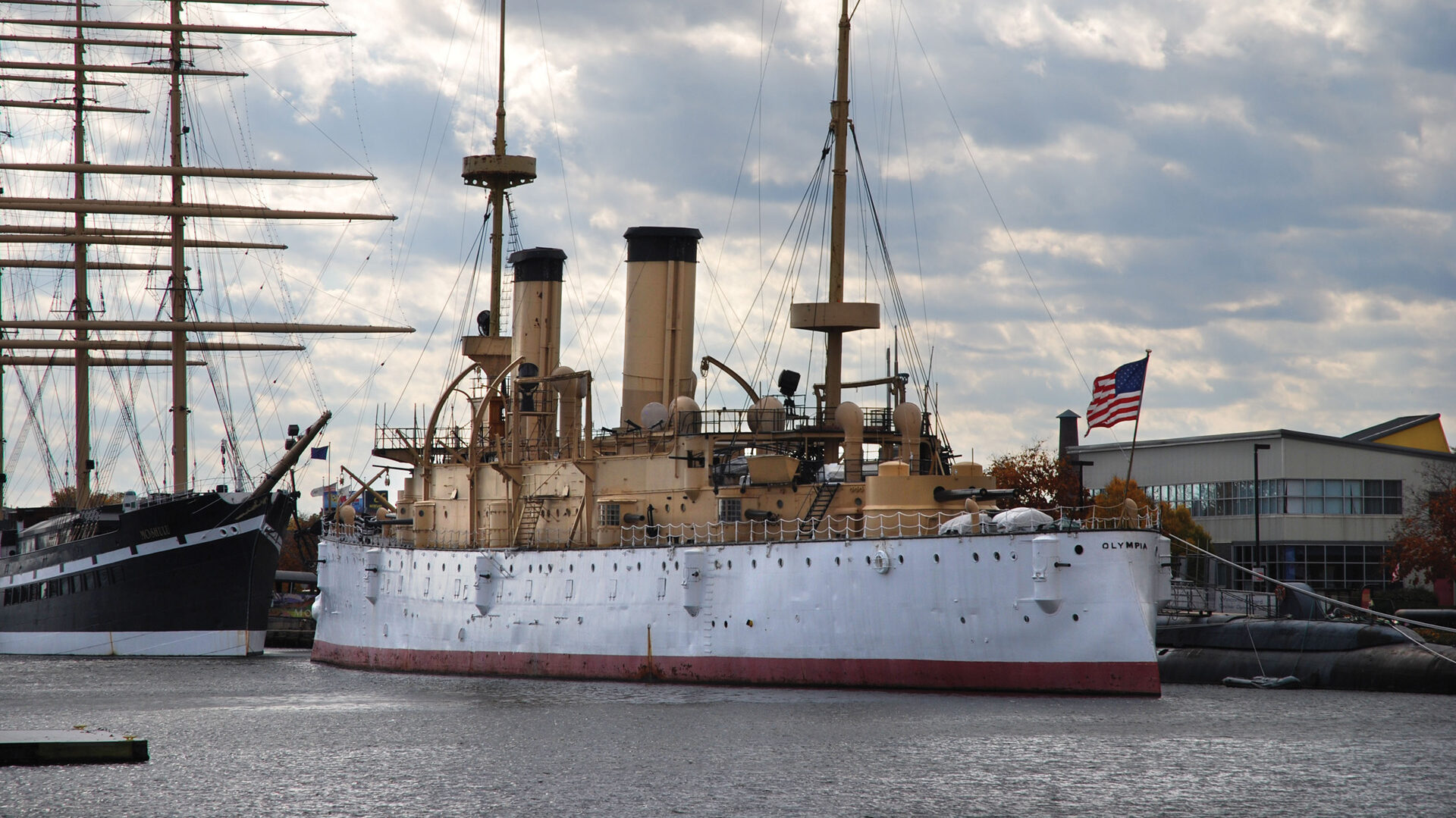
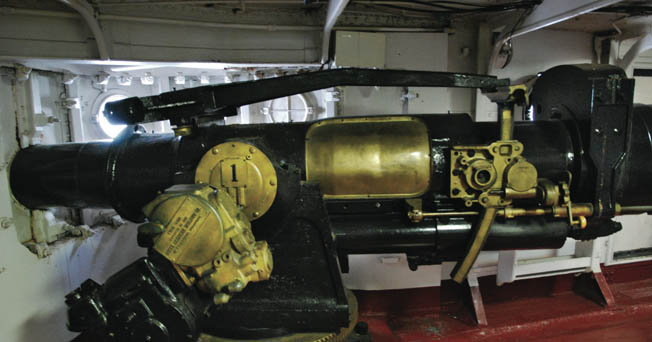
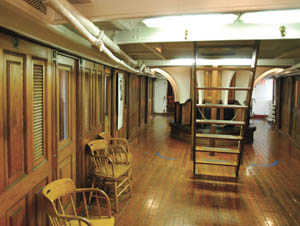
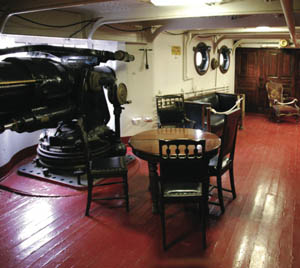
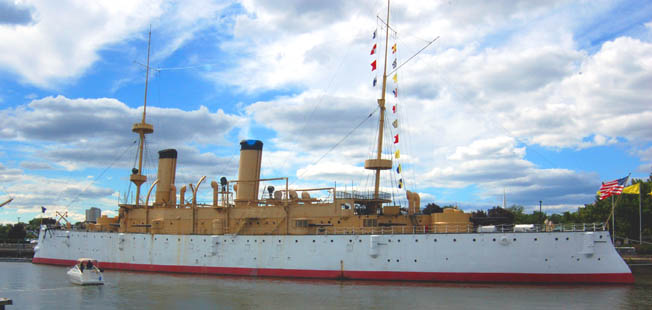
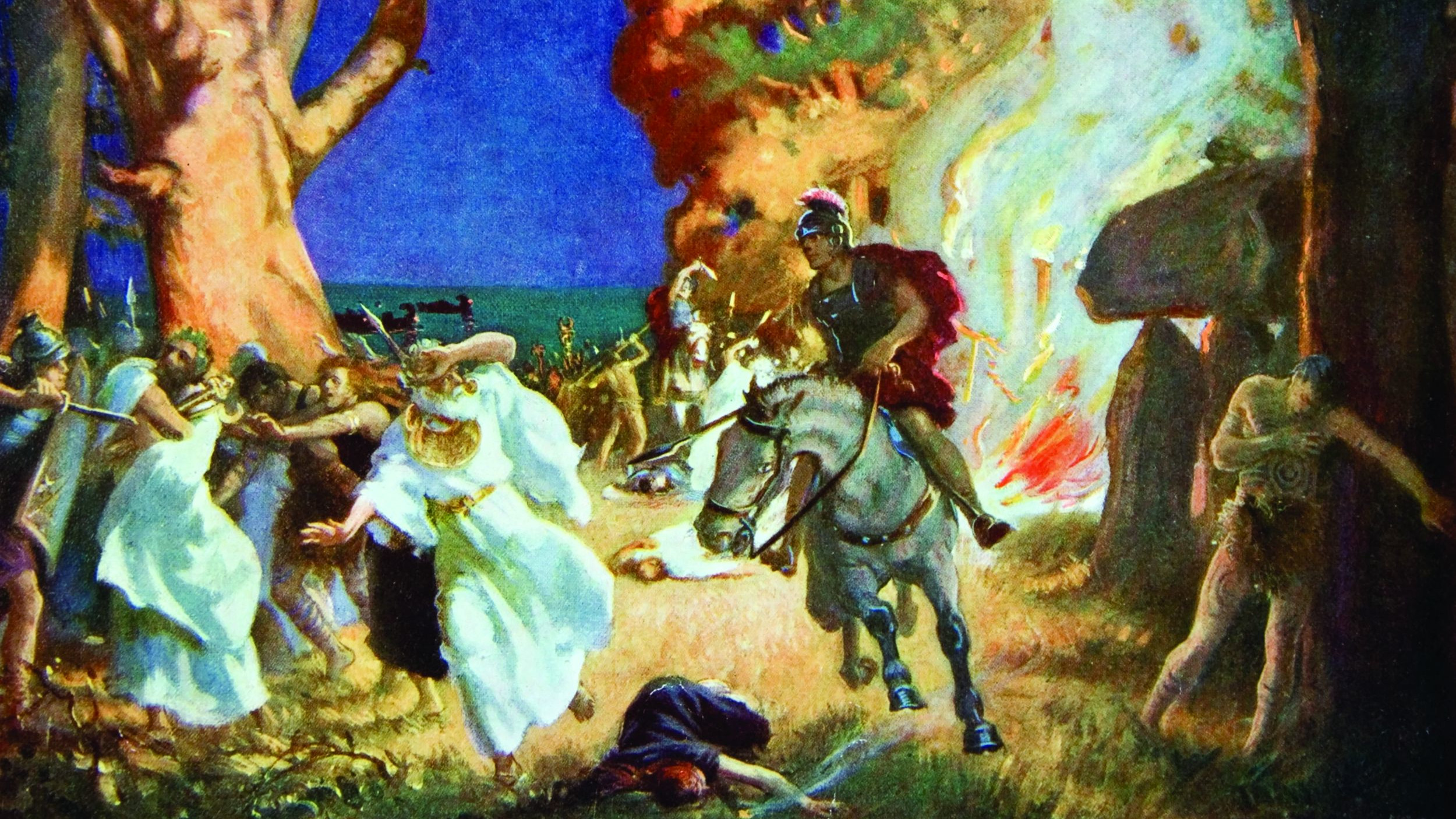
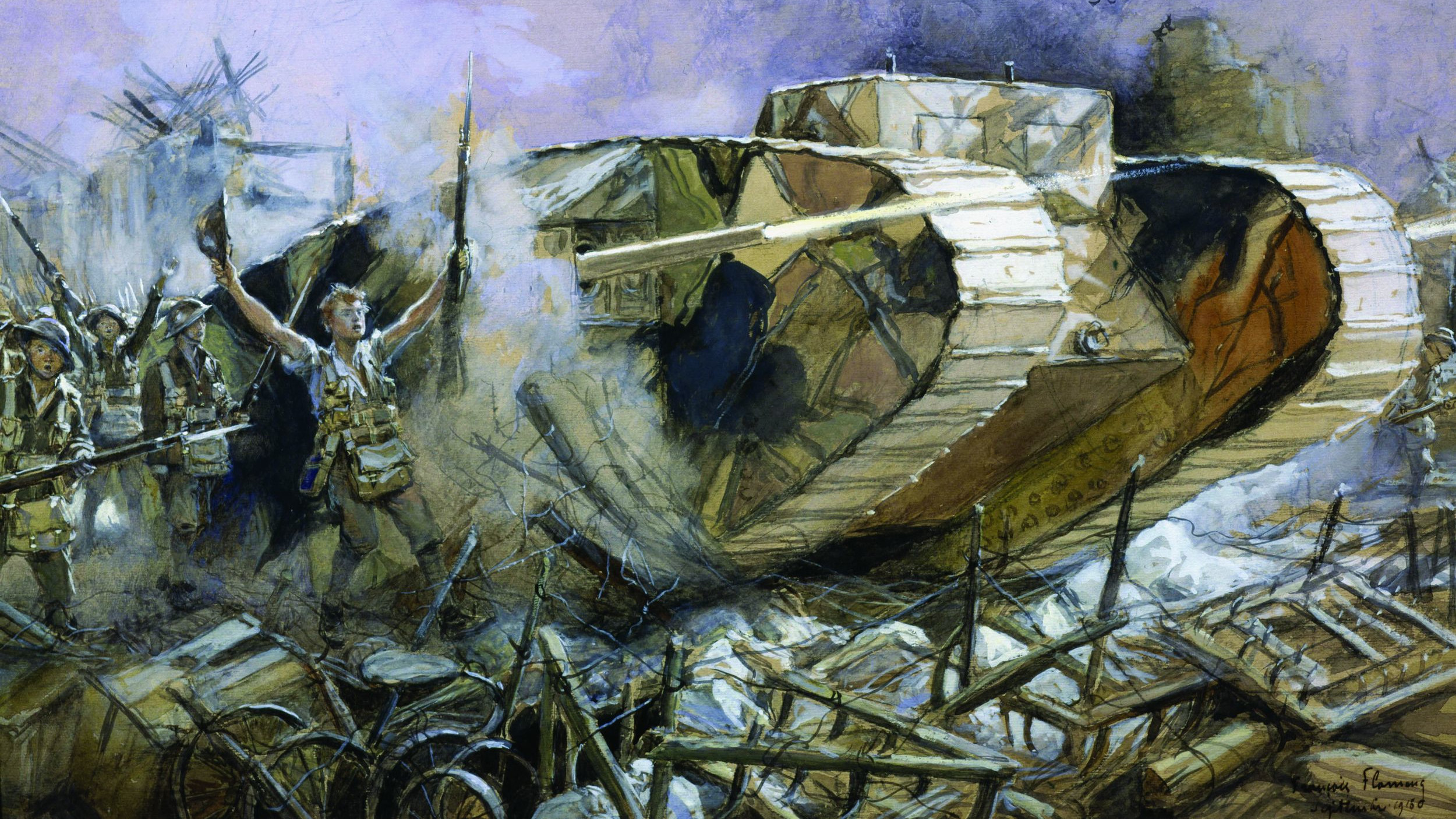
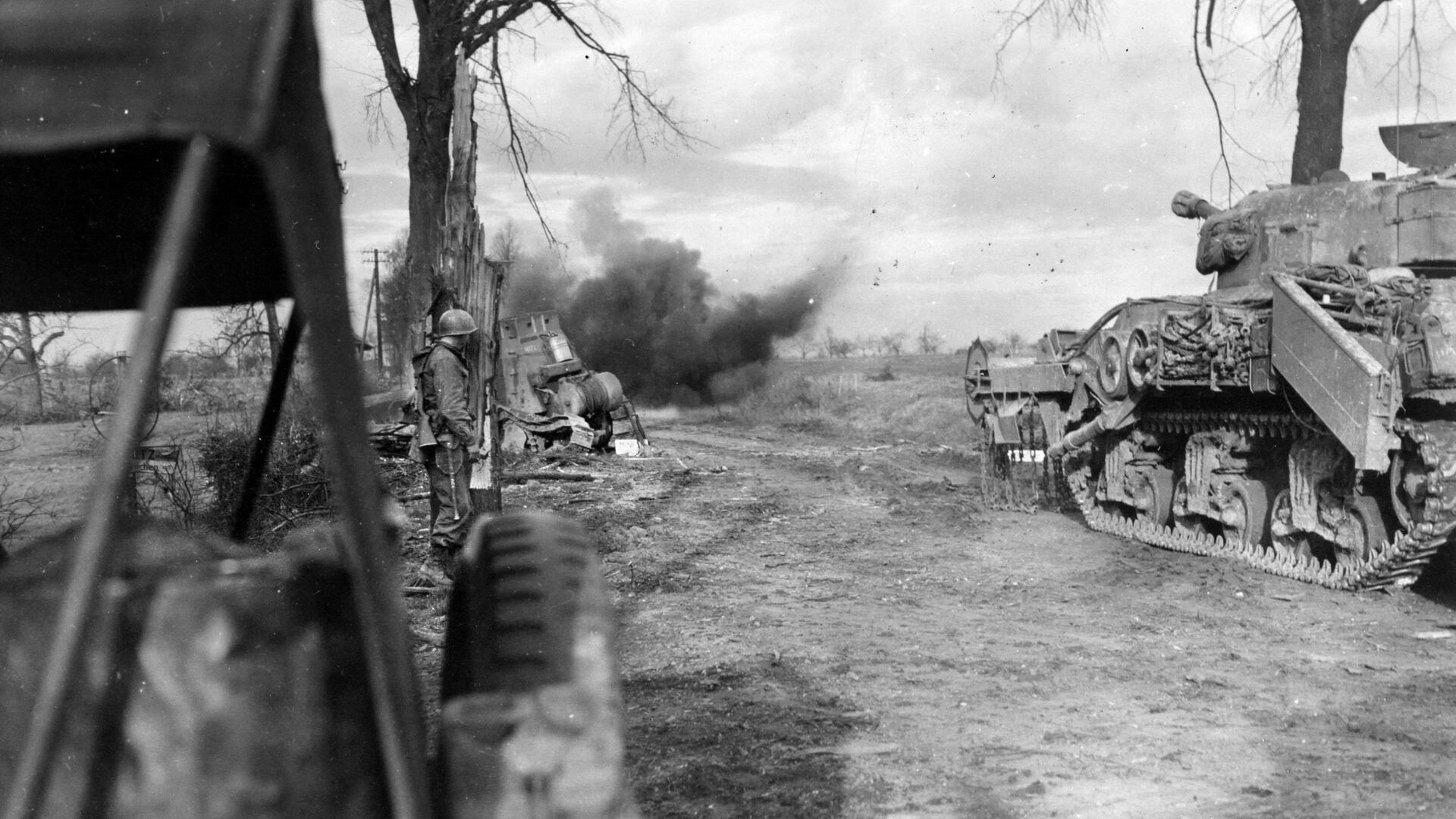

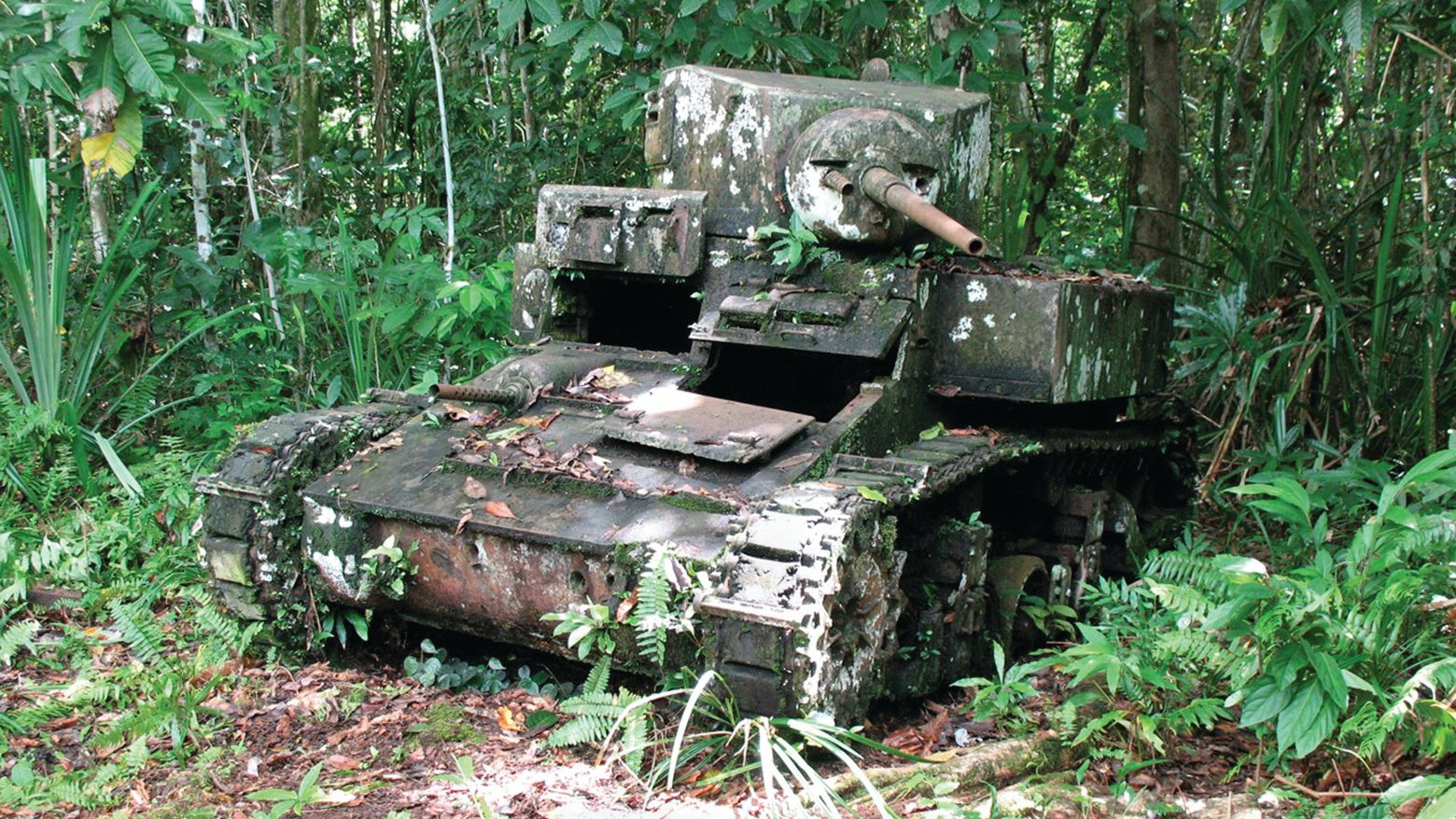
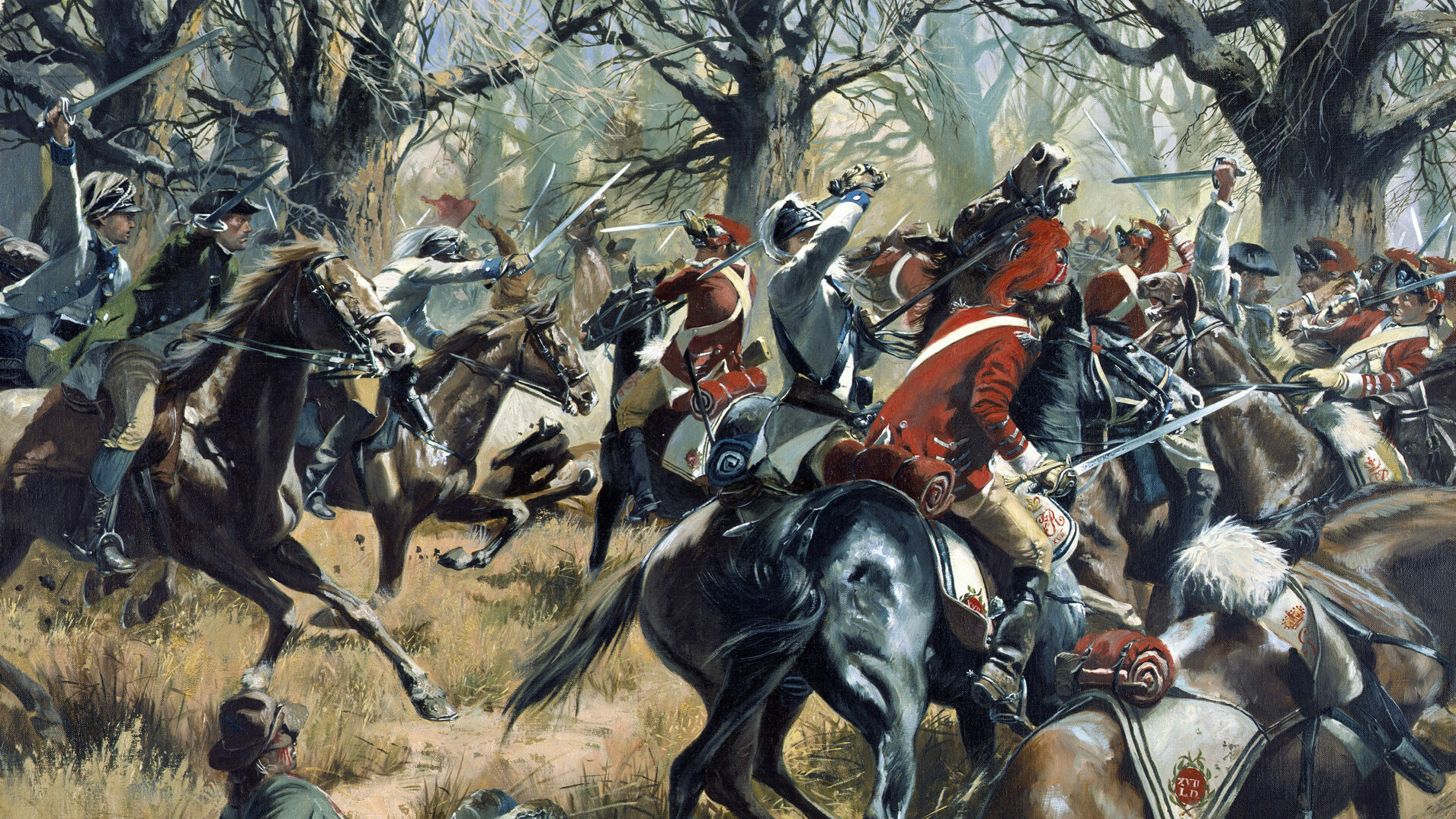
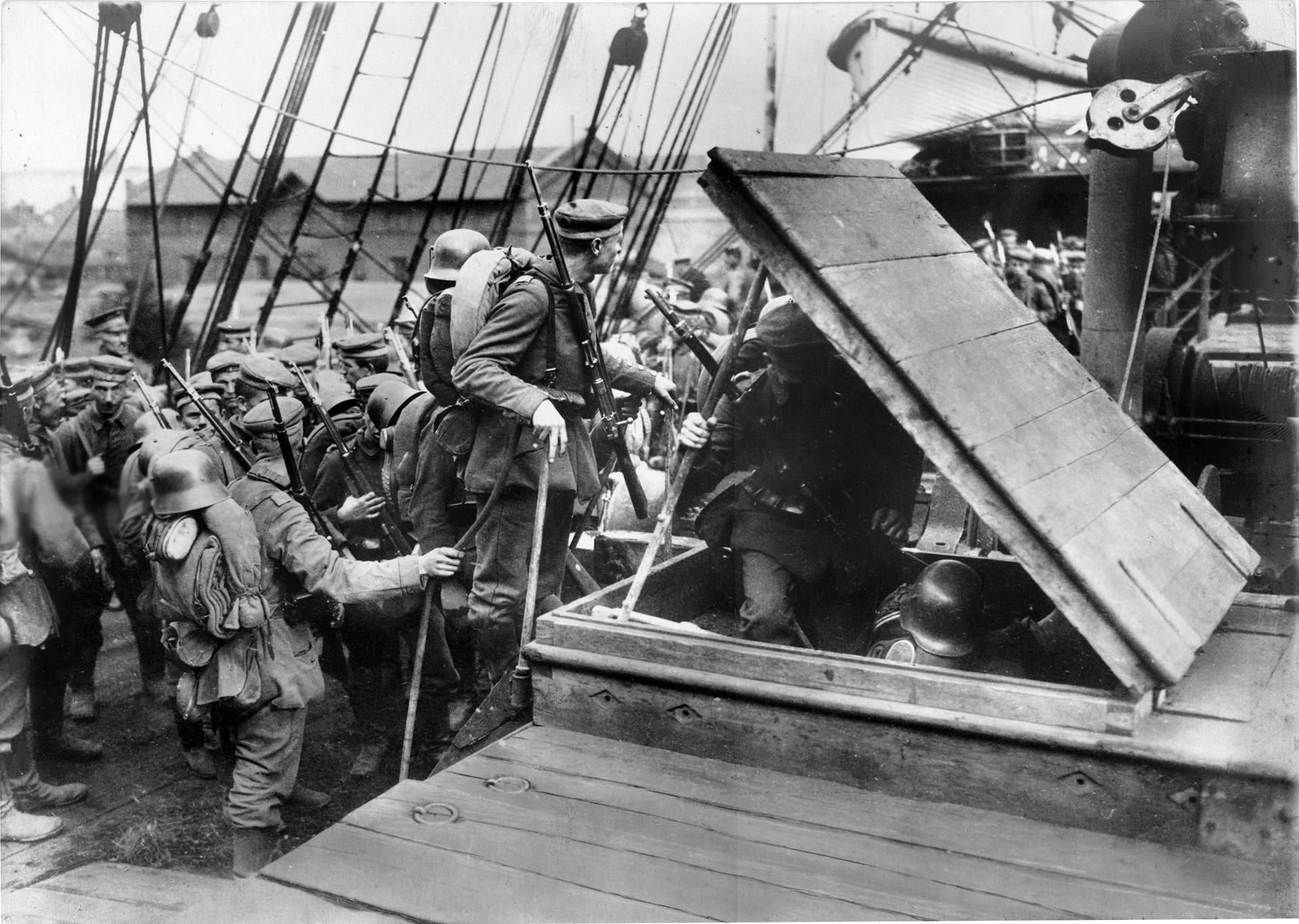
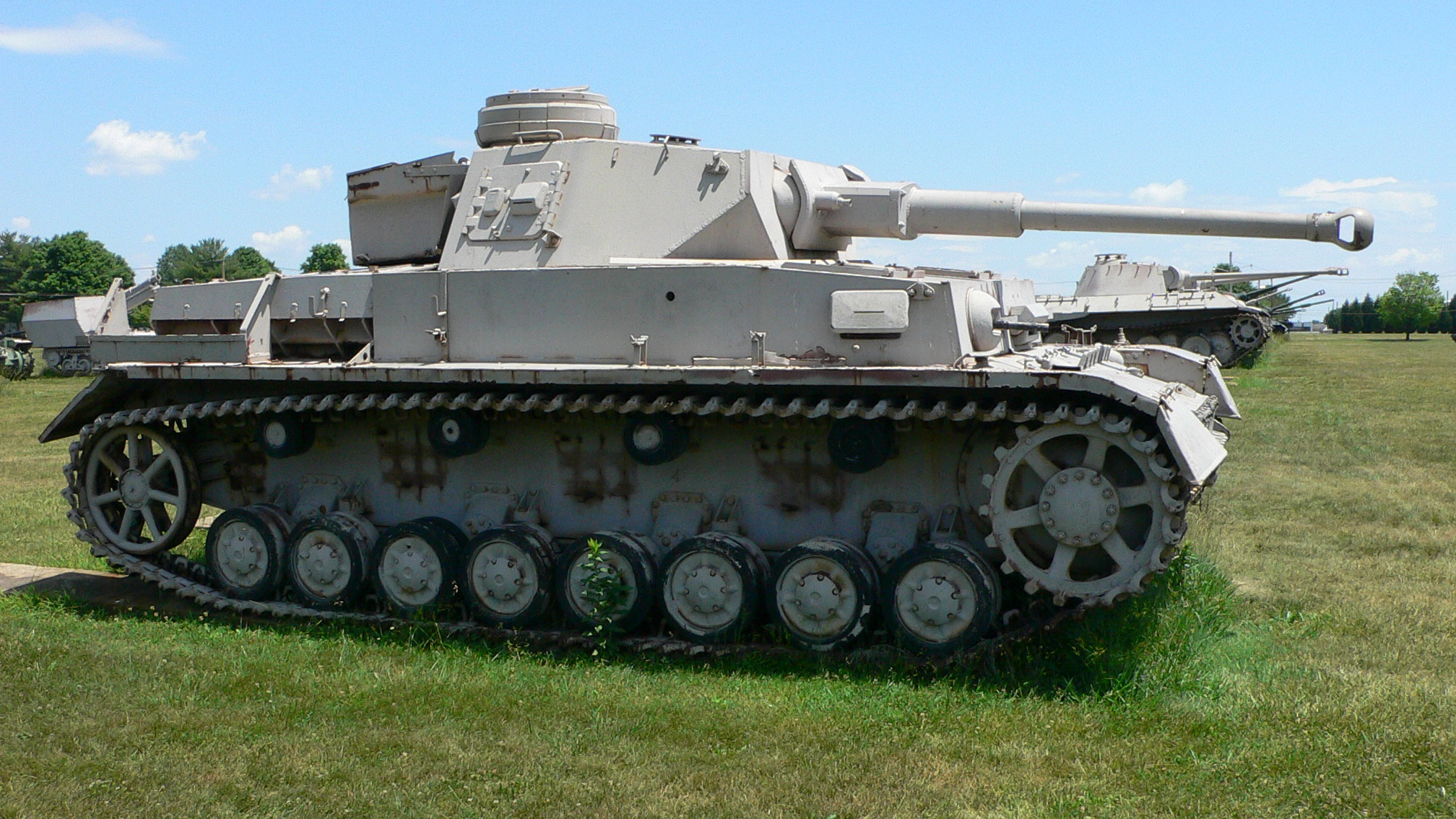
Join The Conversation
Comments
View All Comments